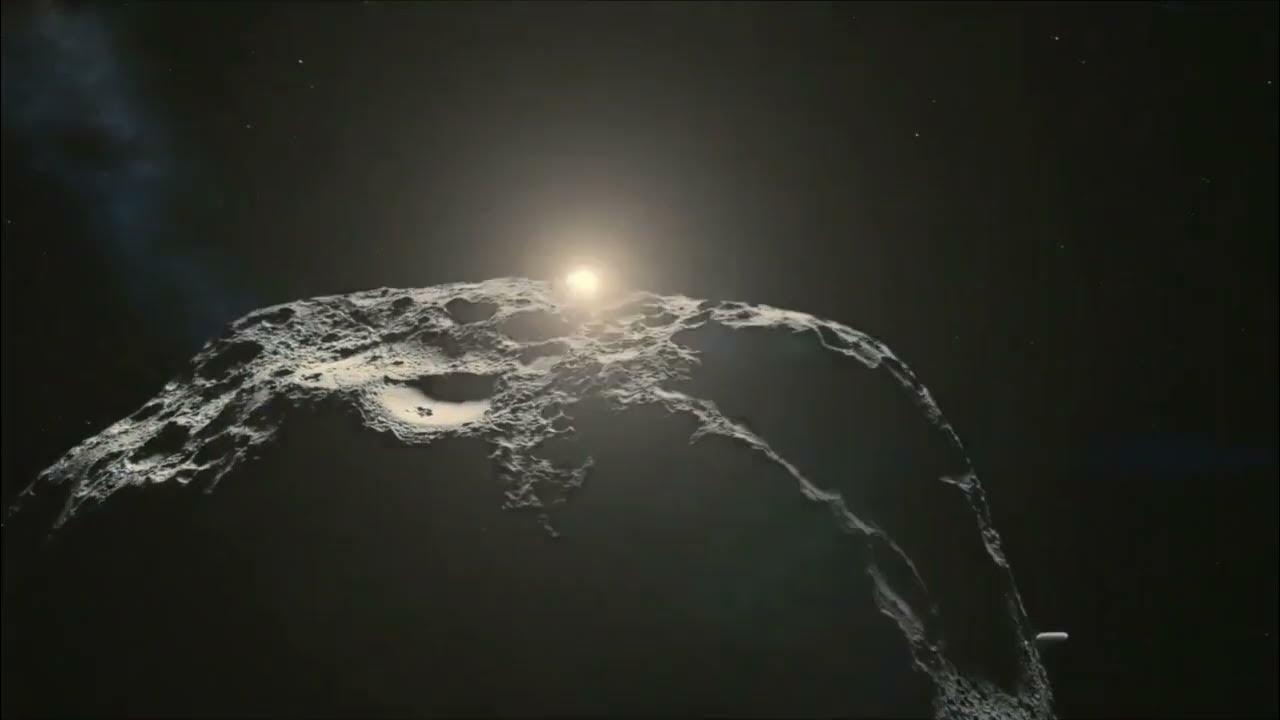Intro to Areography | The Geography of Mars
Summary
TLDRThis video explores the geography of Mars, contrasting its features with Earth. It delves into the martian dichotomy, highlighting the differences between the northern lowlands and the southern highlands, marked by craters. Key geological structures, such as the Tharsis volcanic region and the massive Olympus Mons, illustrate Mars' volcanic activity. The video also examines the significant canyon system, Valles Marineris, and the unique characteristics of Mars' polar ice caps. Emphasizing the importance of understanding Mars' landscape for future exploration and potential colonization, the video invites viewers to consider the implications of these findings.
Takeaways
- 🌍 Geography is essential for understanding how civilizations function and exploring new frontiers like Mars.
- 🔭 Mars has distinct geological features, including the martian dichotomy, which separates the northern lowlands from the southern highlands.
- 🗺️ An elevation map reveals significant differences in Mars' landscape, including ancient craters in the south and smoother surfaces in the north.
- 🌋 The Tharsis region on Mars hosts the largest volcanic structures in the solar system, including Olympus Mons, which is the tallest volcano and mountain in the solar system.
- ⚖️ Gravity plays a crucial role in shaping Mars' landscape, leading to the decay of volcanic mountains and the formation of valleys like Valles Marineris.
- 🪨 The absence of plate tectonics on Mars allows for the preservation of ancient craters, while processes like volcanism renew parts of the surface.
- 💧 Helles Planitia is notable for its depth and the potential presence of liquid water, making it a promising site for future exploration.
- 🌌 Mars' geological features, such as craters and volcanoes, show a relationship of cause and effect, with impacts potentially influencing volcanic activity.
- ❄️ The polar ice caps of Mars differ in size and composition, with the northern cap containing more ice than the southern one.
- 🔍 Understanding Mars' geology and ice reserves is crucial for future human exploration and potential colonization of the planet.
Q & A
What is the significance of geography in understanding our world?
-Geography helps define how civilization functions by explaining the relationship between physical features like oceans, mountains, and rivers.
Why is Mars considered a potential next destination for humanity?
-Mars is viewed as a potential destination because of its proximity to Earth and the interest in exploring its landscape, which could inform future human colonization.
What is the martian dichotomy?
-The martian dichotomy refers to the significant difference in elevation between Mars' northern and southern hemispheres, where the north consists mainly of lowlands and the south is dominated by highlands.
How do craters on Mars compare to those on Earth?
-Mars has many craters due to its ancient crust, while Earth has fewer craters because its surface is continuously renewed by processes like plate tectonics and erosion.
What role does volcanism play in shaping Mars' surface?
-Volcanism has created significant geological features on Mars, including the Tharsis volcanic province, which contains the largest volcanoes in the solar system, such as Olympus Mons.
Why is Olympus Mons unique among volcanoes?
-Olympus Mons is not only the tallest volcano in the solar system, reaching 26 kilometers high, but it is also one of the youngest, having shown signs of recent volcanic activity.
What is the relationship between impact craters and volcanic provinces on Mars?
-There appears to be a relationship between large impact craters and volcanic provinces, suggesting that impacts may have caused or influenced volcanic activity.
How do the polar ice caps of Mars differ from each other?
-The south polar cap is smaller and consists mainly of carbon dioxide ice due to colder temperatures, while the north polar cap is larger, with a greater volume of water ice.
What challenges does the thin Martian atmosphere present for liquid water?
-Mars' weak atmosphere creates low pressure, making it difficult for liquid water to exist; it either vaporizes or freezes depending on the conditions.
What is the importance of continued exploration of Mars?
-Continued exploration is crucial to uncovering the unknown quantities of water on Mars, which is vital for understanding the planet's potential for supporting life.
Outlines

Этот раздел доступен только подписчикам платных тарифов. Пожалуйста, перейдите на платный тариф для доступа.
Перейти на платный тарифMindmap

Этот раздел доступен только подписчикам платных тарифов. Пожалуйста, перейдите на платный тариф для доступа.
Перейти на платный тарифKeywords

Этот раздел доступен только подписчикам платных тарифов. Пожалуйста, перейдите на платный тариф для доступа.
Перейти на платный тарифHighlights

Этот раздел доступен только подписчикам платных тарифов. Пожалуйста, перейдите на платный тариф для доступа.
Перейти на платный тарифTranscripts

Этот раздел доступен только подписчикам платных тарифов. Пожалуйста, перейдите на платный тариф для доступа.
Перейти на платный тарифПосмотреть больше похожих видео
5.0 / 5 (0 votes)






